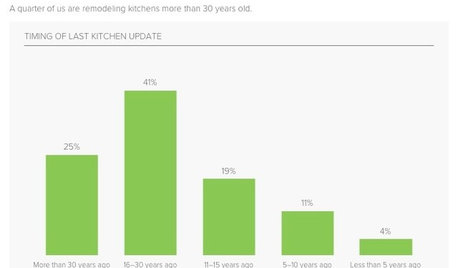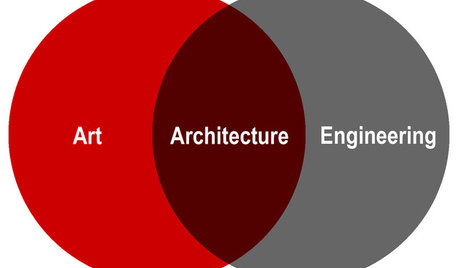Can someone explain Manual D results?
red_oak
12 years ago
Related Stories

BOOKSCan Tidying Up Result in Life-Changing Magic?
Organizing phenom Marie Kondo promises big results — if you embrace enormous changes and tough choices
Full Story
KITCHEN DESIGNKitchen Banquettes: Explaining the Buffet of Options
We dish up info on all your choices — shapes, materials, storage types — so you can choose the banquette that suits your kitchen best
Full Story
COFFEE WITH AN ARCHITECTDesign Explained in Pie Charts
If you've ever wondered about the creative process of architects and designers, check out these simple charts
Full Story
COLORSpeed-Dial Color Selection to Get the Best Result
You’ve belabored your color decisions and are still stuck. Here is how to evaluate your space and make choices that are right for you
Full Story
KITCHEN DESIGNSurvey Results: Kitchen Trends That Seem Here to Stay
More than a third of respondents in Houzz’s annual kitchen trends report now have the means to remodel. Here’s what else they told us
Full Story
RANCH HOMESHouzz Tour: Ranch House Changes Yield Big Results
An architect helps homeowners add features, including a new kitchen, that make their Minnesota home feel just right
Full Story
MOST POPULAR9 Real Ways You Can Help After a House Fire
Suggestions from someone who lost her home to fire — and experienced the staggering generosity of community
Full Story
COFFEE WITH AN ARCHITECTHitting the Bars to Explain the Design Process
Simple bar charts and a little math by a seasoned architect give a helpful overview of renovation and new-build proceedings
Full Story
COFFEE WITH AN ARCHITECTArchitecture Explained in Venn Diagrams
An analysis of the design profession using pure geometry and angst
Full Story
WORKING WITH PROSWant the Best Results? Join Your Design Team
Take a leading role in your home project to help the process go more smoothly and get what you really want
Full Story







attofarad
red_oakOriginal Author
Related Professionals
Holliston Solar Energy Systems · Mokena Solar Energy Systems · Moreno Valley Solar Energy Systems · Rialto Solar Energy Systems · Rockledge Solar Energy Systems · Whitney Solar Energy Systems · Homer Glen Solar Energy Systems · South Whittier Solar Energy Systems · Lakewood Home Automation & Home Media · Valle Vista Home Automation & Home Media · Wheaton Home Automation & Home Media · Woodlawn Home Automation & Home Media · Worcester Electricians · Shawnee Fireplaces · Germantown Fireplaces